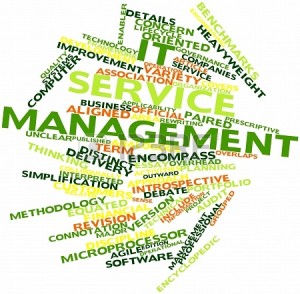Erwin ter Berg of Logicalis SMC explains why ITSM should not be ignored when CIOs look at ‘necessary changes in IT’.
The role of IT Service Management (ITSM) is traditionally based on what are often referred to as the big four:
- Incident Management
- Problem Management
- Change Management
- Configuration Management.
The roles and services in these areas have reached a high degree of maturity over recent years, which goes some way to explaining why these internal services rarely get a mention when people talk about ‘necessary changes in IT’. The tendency is to talk more about innovations at the front end of the organisation where customer contact takes place.
The reality is ITSM innovations make a hugely important contribution to an improved relationship with the business and, crucially, with an organisation’s customers.
For instance, fast support when rolling out changes using Continuous Delivery, will shorten time to market and meet business requirements. Similarly, efficiency and productivity can be increased through a smart end-user portal where users can deal with things themselves without calling the helpdesk.
This innovation is not entirely overlooked of course. In fact, in our day-to-day ITSM work we see customers striving to cast off the old world and embrace the new, so the business is well supported with distinctive IT.
What changes does this involve?
| Old ITSM world | New ITSM world |
| Technology focus | Process focus |
| "Fire-fighting" | Preventative |
| Reactive | Proactive |
| Users | Customers |
| Centralised, done in-house | Distributed, sourced |
| Isolated, silos | Integrated, enterprise-wide |
| "One off", ad hoc | Repeatable, accountable |
| Informal processes | Formal best practices |
| IT internal perspective | Business perspective |
| Operational specific | Service orientation |
By choosing best practice solutions, maximum standardisation and IT4IT, ITSM can be a smooth running, automated process that creates space in time and budget. This means the IT engine runs quietly and efficiently, while the CIO has peace of mind and can focus fully on business support.
So when you next talk about innovation, look not only at the front end of your organisation, but also the back end. There is a lot to be gained there too.

